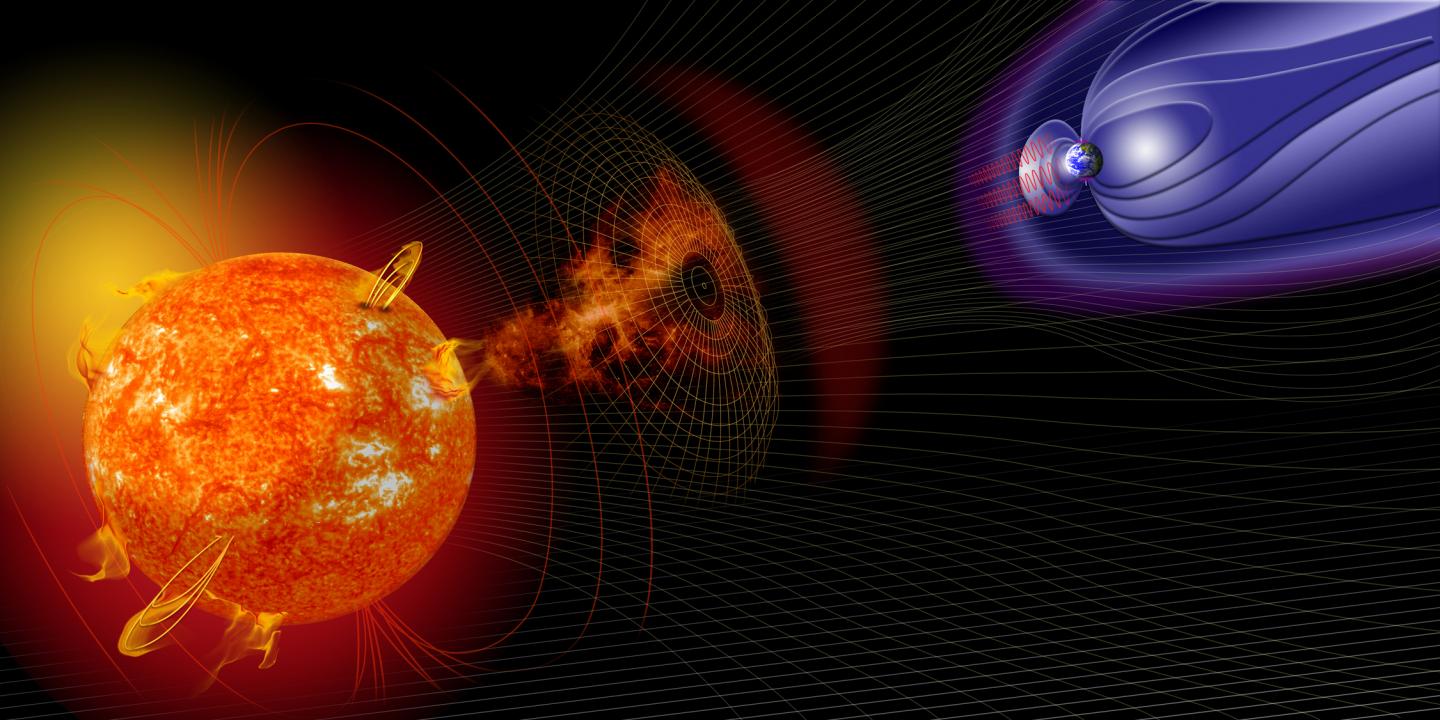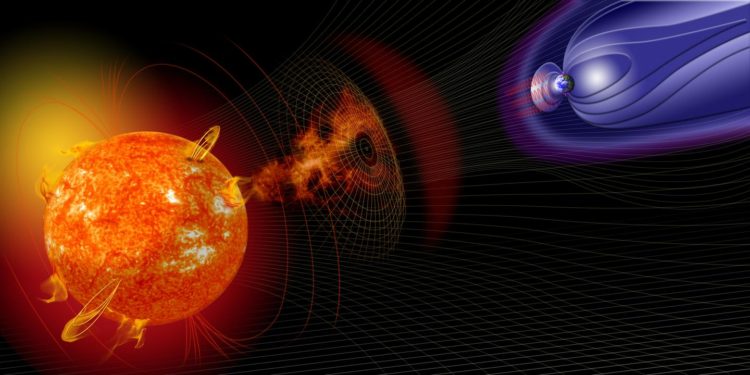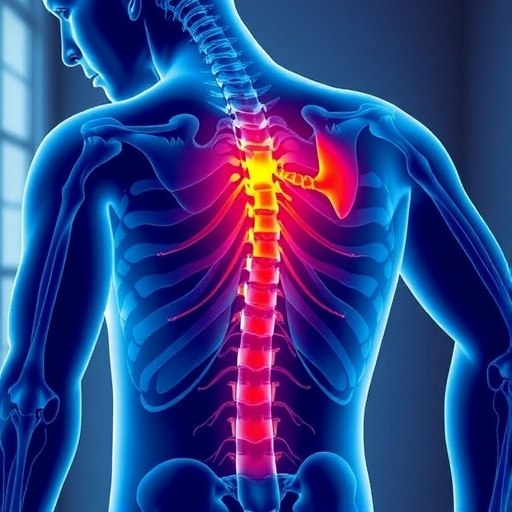
Credit: NASA
Usually, the Earth’s magnetic field shields us from the misadventures of our nearest star, the mighty sun.
But it failed on Sept. 2, 1859.
Known as the Carrington Event, the most powerful solar storm on record burst through the magnetic field and pummeled telegraph wires throughout the United States and Europe, breaking down communication systems and igniting several fires.
Scientists like Piyush Mehta, assistant professor of mechanical and aerospace engineering at West Virginia University, worry that a similar event today would unleash mightier havoc – widespread blackouts, destroyed electrical grids and an estimated $2 trillion in damages.
That’s why Mehta, with the aid of a $273,734-grant from the National Science Foundation and a WVU graduate student, will research more accurate ways to predict space weather via artificial intelligence and machine-learning.
“This research has come to light in recent years because of the advanced technological infrastructure we have today,” Mehta said. “We’ve got power grid lines, oil pipelines and satellites that gather GPS and weather information. Space weather can adversely affect all of these infrastructures.”
In more recent history, the province of Quebec suffered a daylong blackout in March 1989 due to a solar storm. In the U.S., more than 200 power grid problems erupted from coast to coast.
With more and more satellites sprouting into orbit and technological advances that enable our electronic communications, the weather in space could create annoyances – or even catastrophes — in our day-to-day lives.
“The main issue is that we still don’t understand very well what the sun’s going to do and how it impacts our near-Earth space environment or geospace,” Mehta said.
The sun continuously spews out plasma, mainly made up of different kinds of charged particles, Mehta explained. The resulting solar wind then interacts with the Earth’s magnetosphere, an interaction that isn’t completely understood by scientists, Mehta said. This interaction can be highly violent when the sun is very active or during solar storms and can set up drastic changes in the geospace environment that can significantly impact us.
According to NASA, these activities are considered “space weather,” the conditions on the sun, in the solar wind and within Earth’s magnetosphere, ionosphere and thermosphere that can influence technological systems and endanger human life and health.
The process of providing space weather forecasts is highly involved and complex, with model and human inputs. Space weather forecasters at the Space Weather Prediction Center operating under NOAA are charged with providing the forecasts. However, predicting space weather, especially strong events, is a challenging task and existing models can be improved upon, Mehta said. We are far behind the models we use on Earth for terrestrial weather.
“You can look at your phone for the weather forecast. If it says there’s an 80 percent chance of rain, it’s probably going to rain and you’re going to grab your umbrella. We’re not quite there yet when it comes to forecasting space weather.”
One reason is that scientists don’t have a grasp on how the different solar wind conditions affect the amount of energy transferred into the magnetosphere. Mehta will work with the Los Alamos National Laboratory in New Mexico to develop a new model for the geospace/magnetosphere that will help to improve understanding of this energy transfer process.
To achieve this, Mehta and his colleagues will apply AI and machine-learning methods to develop a computationally efficient model that can expand the role of simulation models in scientific discovery (and operations).
The project will also provide a unique training opportunity for a graduate student at WVU, who will visit the laboratory with Mehta for research and collaboration. Mehta’s funding comes from a highly competitive Established Program to Stimulate Competitive Research award.
“This is the first time WVU has received this type of an award,” Mehta said. “Space weather was the subject of one of the last executive orders by former President Barack Obama, and the current administration has also voiced support for it. The work performed under this award will help elevate WVU’s stature in the community of space weather and artificial intelligence and machine-learning.”
###
Media Contact
Jake Stump
[email protected]
304-293-5507
Original Source
https:/





